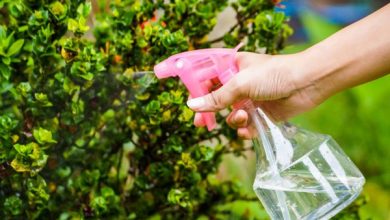Jasminum officinale: [Cultivation, Care, Pests and Diseases]
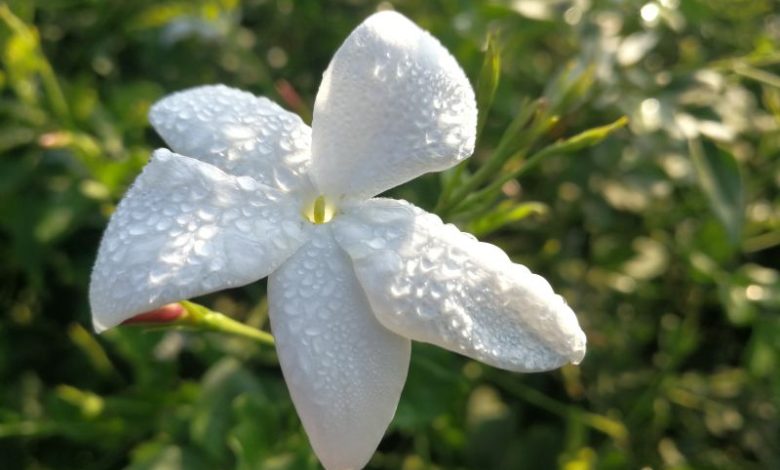
Important points when sowing Jasminum officinale
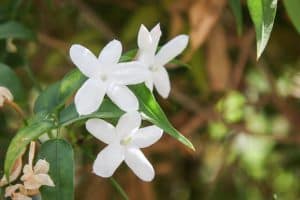 When? In late winter or early spring it is best to sow, transplant and multiply the plant.
When? In late winter or early spring it is best to sow, transplant and multiply the plant.- Where? In gardens as an ornamental plant, it is a perfect covering for walls, pergolas and gazebos.
- How do we prepare the land? It adapts to many soils outdoors and in a pot, a universal substrate with 30% perlite will suffice, so that it drains the irrigation water very well.
- How do we sow? In pots and on the edge of walls in gardens, so that it expands freely.
- How do we pay? Use organic fertilizers in spring such as manure or guano.
- When do they bloom? In spring, its aromatic flowers sprout grouped in white inflorescences.
- Ideal temperature? It is resistant to cold but does not support very strong frosts.
- How do we water? Two to three times a week in the summer and four to five times the rest of the year each week is ideal.
- Diseases and pests? They attack mealybugs, weevils, aubergines and Pyral jasmine, among others.
What is Jasminum officinale?
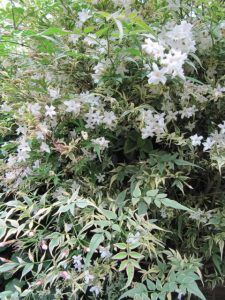 Jasminum officinale belongs to the oleaceae family, which has about 200 species under the common name of Jasmine.
Jasminum officinale belongs to the oleaceae family, which has about 200 species under the common name of Jasmine.
Its origin is located in the European continent, North Africa and the eastern part of Asia, where it covers many areas of the Himalayas, India and China.
Other common names are summer jasmine, common jasmine, jasmine, and Moorish jasmine. In Pakistan it is included in the bush crown of the official coat of arms, because it is the official plant.
It is considered a perennial climbing plant, with woody stems that can reach up to 6 meters in height. It is highly branched, has dark green pinnate and opposite leaves, integrated into up to 3 acute leaflets and a larger terminal one, all with entire edges.
Another special characteristic is related to its inflorescences, which sprout in axillary clusters and have very small white hermaphrodite flowers, barely 2 cm in diameter, with 5 star-shaped petals and an intense aroma.
Famous for its healing properties, Jasminum officinale is an antiseptic, germicide, and anti-inflammatory. It is venerated as «the perfume of love» in many cultures, where aphrodisiac properties are attributed to it thanks to its delicate aroma, which grants intimacy, trust and relaxation.
It has a very expensive essential oil extracted from its flowers, widely used in the pharmaceutical, cosmetic and aromatherapy industries.
Jasmine infusion is also very famous around the world, in combination with green tea, an Asian custom that brings various health benefits, such as a calming effect that relaxes and relieves headaches and eliminates imbalances caused by stress.
It is also credited with great beneficial effects in the fight against cancer, it is a good cholesterol and fat reducer in the body and also mitigates the spread of colds and flu, thanks to its antibacterial and antiviral properties.
Where should we plant it?
It grows perfectly well as an ornamental plant in gardens, where it behaves as a perfect climber on walls, gazebos and pergolas.
It also thrives as a houseplant and the cut flower lasts approximately 24 hours.
When should Jasminum officinale be cultivated?
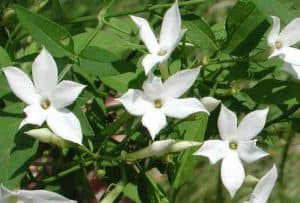 It is convenient to multiply by cuttings in spring (mid) and early autumn, in warm-semi-temperate climates.
It is convenient to multiply by cuttings in spring (mid) and early autumn, in warm-semi-temperate climates.
Planting will result in early spring provided winter temperatures dissipate enough to allow temperatures to rise.
This allows the plant to be transplanted from a pot to the garden and to apply cutting techniques to multiply it.
How do we prepare the land?
This climber prefers rich and well-drained soils, including those of a limestone type, because in general terms it adapts well to different types of substrates.
In pots, its cultivation requires a universal substrate containing 30% perlite, in order to guarantee the best possible drainage.
How to plant a Jasminum officinale step by step?
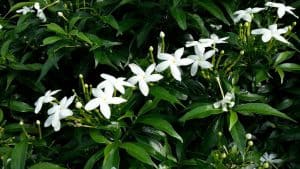 Enumerating the way to cultivate it helps a lot to skilfully manage the art of sowing and multiplying this plant of varied medicinal benefits.
Enumerating the way to cultivate it helps a lot to skilfully manage the art of sowing and multiplying this plant of varied medicinal benefits.
The technique of multiplication by cuttings usually gives very good results, which are made of a semi-woody wood with leaves. Let’s see step by step, how to plant and multiply the common Jasmine.
by cuttings
- Cut a healthy cutting diagonally with garden shears, remove excess leaves, leaving very few (no more than 2) so that they do not steal energy. Impregnate the tip with a homemade rooting agent, or also hormones in liquid form. Although in powder it is better preserved.
- The pot must contain a good organic substrate with vermiculite. A mixture of mulch or peat with washed river sand, at 50%, also turns out.
- Plant the cutting bottom side down to maintain polarity.
- In about two to three weeks they will begin to sprout roots.
- Water and place in a semi-shaded place, with good indirect light.
- At the end of the following autumn, the rooted cuttings will be taken to a nursery bed and also planted in individual pots until the final planting is done.
What care do you need?
It is not very complicated to have the blessing of growing a beautiful Jasmine at home. They are noble plants that give us many benefits, in exchange for little care. Let’s see how to always keep them beautiful and healthy.
Lightning
It adapts in open spaces with good natural light, such as gardens, in full sun and in partial shade.
Temperature
As they come from tropical and subtropical climates, they do not tolerate much frost even though they are quite resistant to cold.
Irrigation
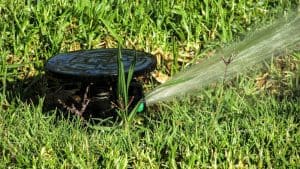 The prayers should be moderate but constant. Especially in the summer or hot season, to prevent the plant from dehydrating.
The prayers should be moderate but constant. Especially in the summer or hot season, to prevent the plant from dehydrating.
About two to three times a week is enough in summer and maybe a little more if you live in a pot. The rest of the year, it will suffice to water it every 4 to 5 days.
The technique of the small saucer full of water under the pot does it good, but only about ten minutes a day, after receiving the day’s watering in moderation.
Pass
A good organic fertilizer such as manure or guano is ideal to take care of the flowering of this famous climber. But it is advisable to apply it in liquid form if the plant lives in a pot, so that the drainage remains optimal.
Pruning
It is highly recommended to take advantage of winter to remove leaves, dry and weak branches, as well as those that intersect to make the foliage ugly.
What pests and diseases attack Jasminum officinale?
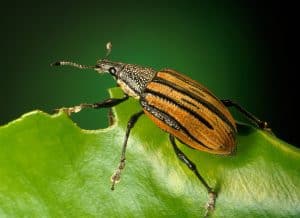 A terrible pest for Jasmine are the Hylesinus egg-shells or larvae , insects capable of building galleries in the bark and wood of the plant.
A terrible pest for Jasmine are the Hylesinus egg-shells or larvae , insects capable of building galleries in the bark and wood of the plant.
The holes allow the adult specimens to be seen. When that happens, an effective larval insecticide needs to be applied urgently.
Another plague that frequents it is the cochineal, of the cottony type and the limpet version, which stick to the leaves to feed on the cells. Fighting them can be tedious. It is best to attack them with the help of neem oil.
Other unwanted visits are those of weevils, the trunk borer and the jasmine Pyral.
Bibliography and references
- Buczacki, Stefan. (1994). Climbing plants. Tursen SA – Hermann Blume Editions. Madrid Spain.
- Bent, E.; Colombo, A. (2003). Climbing plants. From Vecchi. Madrid Spain.
- Morales, Ramon; Macia, Manuel Juan; Dorda, Elena; Garcia Villaraco, Antonio. (nineteen ninety six). Archives of the Iberian flora. Higher Council for Scientific Research (CSIC). Madrid Spain.
- Cabanillas, Pablo Alejandro; Hurrell, Julio Alberto. (2012). Climbing Plants: Biological Type and Classification. National University of La Plata. Buenos Aires, Argentina. Reproduced from: https://digital.cic.gba.gob.ar/bitstream/handle/11746/3807/11746_3807.pdf-PDFA.pdf?sequence=1&isAllowed=y
- Chanampa, Mariana; Alonso Ojembarrena, Javier; Vidal Rivas, Pilar; Aragonese War, Raquel; Oliveri, Francesca; Neila González, F. Javier; Bedoya Frutos, Cesar. (2009). Plant systems that improve the environmental quality of cities. Urban Research Notebooks Magazine. Madrid Spain. Reproduced from: https://dialnet.unirioja.es/descarga/articulo/3876444.pdf

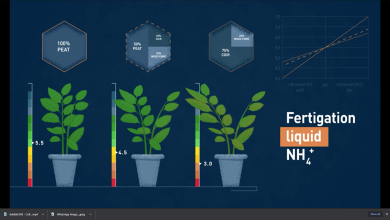
![Photo of Bamboo Cuttings: [Concept, Time, Rooting and Planting]](https://www.complete-gardening.com/wp-content/uploads/2022/08/bamboo-cuttings-concept-time-rooting-and-planting-390x220.jpg)
![Photo of Bougainvillea Cuttings: [Concept, Period, Rooting and Planting]](https://www.complete-gardening.com/wp-content/uploads/2022/08/bougainvillea-cuttings-concept-period-rooting-and-planting-390x220.jpg)
